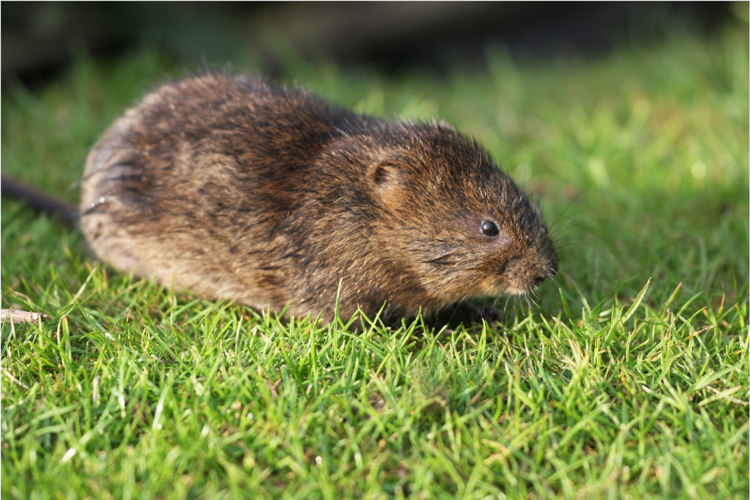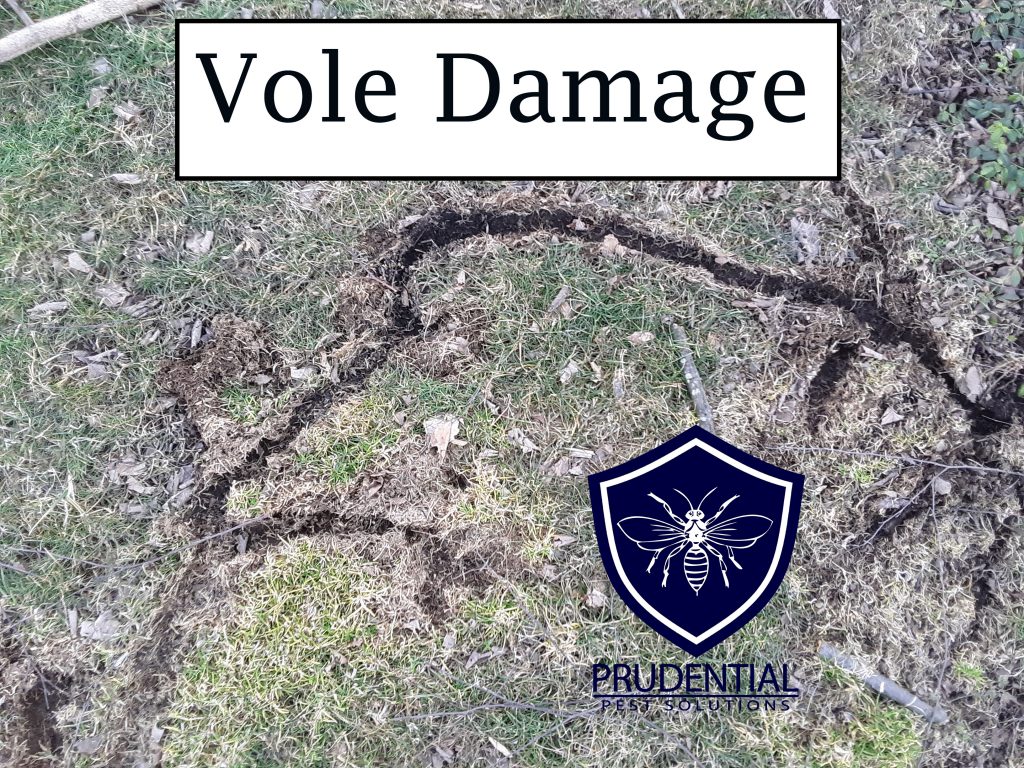Vole Lawn Damage Solutions: Effective Control Methods
Vole Lawn Damage Solutions: Effective Control Methods
Blog Article
Comprehensive Overview to Reliable Vole Bug Control: Problem Recognition and Treatment Techniques
In the world of efficient parasite control, vole invasions present an unique challenge that requires a strategic approach. These tiny rodents, typically incorrect for computer mice, can damage gardens, yards, and plants if left untreated. Determining the signs of vole presence and implementing targeted treatment techniques are essential components of a successful pest administration plan. By exploring the subtleties of vole behavior, recognizing essential signs of invasion, and assessing a variety of control alternatives, one can develop a thorough approach to battle these evasive insects.
Recognizing Vole Habits
Vole behavior is defined by their tunneling routines and rapid recreation prices, making them a difficult parasite to regulate successfully. Their fast reproductive price more complicates control initiatives, with ladies qualified of producing several clutters in a solitary year, each including numerous spawn.
Recognizing vole actions is critical for efficient pest control methods. By identifying their burrow places, keeping track of feeding locations, and executing targeted control methods, such as capturing or environment adjustment, vole infestations can be taken care of efficiently.
Signs of Vole Invasion

Prevention Techniques
Carrying out effective prevention techniques is crucial in lessening vole infestations click resources and protecting greenery from their harmful feeding habits. To avoid vole invasions, it is crucial to begin by removing possible food sources and shelter.
Frequently examining the home for indicators of vole activity, such as runways and burrow openings, is crucial for early detection and prompt activity. If vole task is thought, consider making use of repellents or catches purposefully positioned near their paths.
Non-Lethal Control Methods
To properly handle vole populaces while focusing on humane techniques, non-lethal control techniques supply functional remedies for reducing vole damage in gardens and landscapes. These obstacles can be buried at the very least 12 inches curved and deep at a 90-degree angle to avoid voles from burrowing underneath.

Lethal Control Options
One effective approach for resolving vole problems in landscapes and gardens entails the calculated use of dangerous control alternatives. When encountered with a severe vole problem that non-lethal techniques have stopped working to consist of, applying deadly control measures ends up being important. Generally, when employing dangerous control options, it is essential to do so properly and in accordance with neighborhood regulations to successfully handle vole invasions.
Conclusion
In verdict, effective vole insect control needs a comprehensive understanding of vole behavior, identification of indicators of infestation, application of prevention strategies, and use of both lethal and non-lethal control methods. By integrating these strategies, individuals can properly take care of vole populations and secure their residential or commercial property from damages. It is essential to address vole invasions without delay to stop more concerns and minimize the influence on the surrounding environment.
Given the elaborate passage systems and rapid reproduction rates particular of voles, recognizing the indicators of vole infestation ends up being vital in efficient bug control. One of the key signs of vole presence is the visibility of surface area runways or routes in lawn or snow, typically concerning 1-2 inches large, created as voles take a trip between their burrows and food sources.To effectively handle vole populations while prioritizing gentle methods, non-lethal control techniques use functional services for lowering vole damages in yards and landscapes.One efficient method for addressing vole problems in gardens and landscapes involves the calculated usage of lethal control alternatives. vole pest control.In conclusion, efficient vole parasite control needs a comprehensive understanding of vole behavior, identification of signs of infestation, execution of this contact form avoidance strategies, and application of both lethal and non-lethal control techniques
Report this page